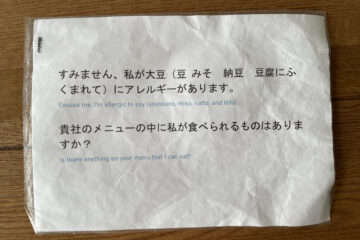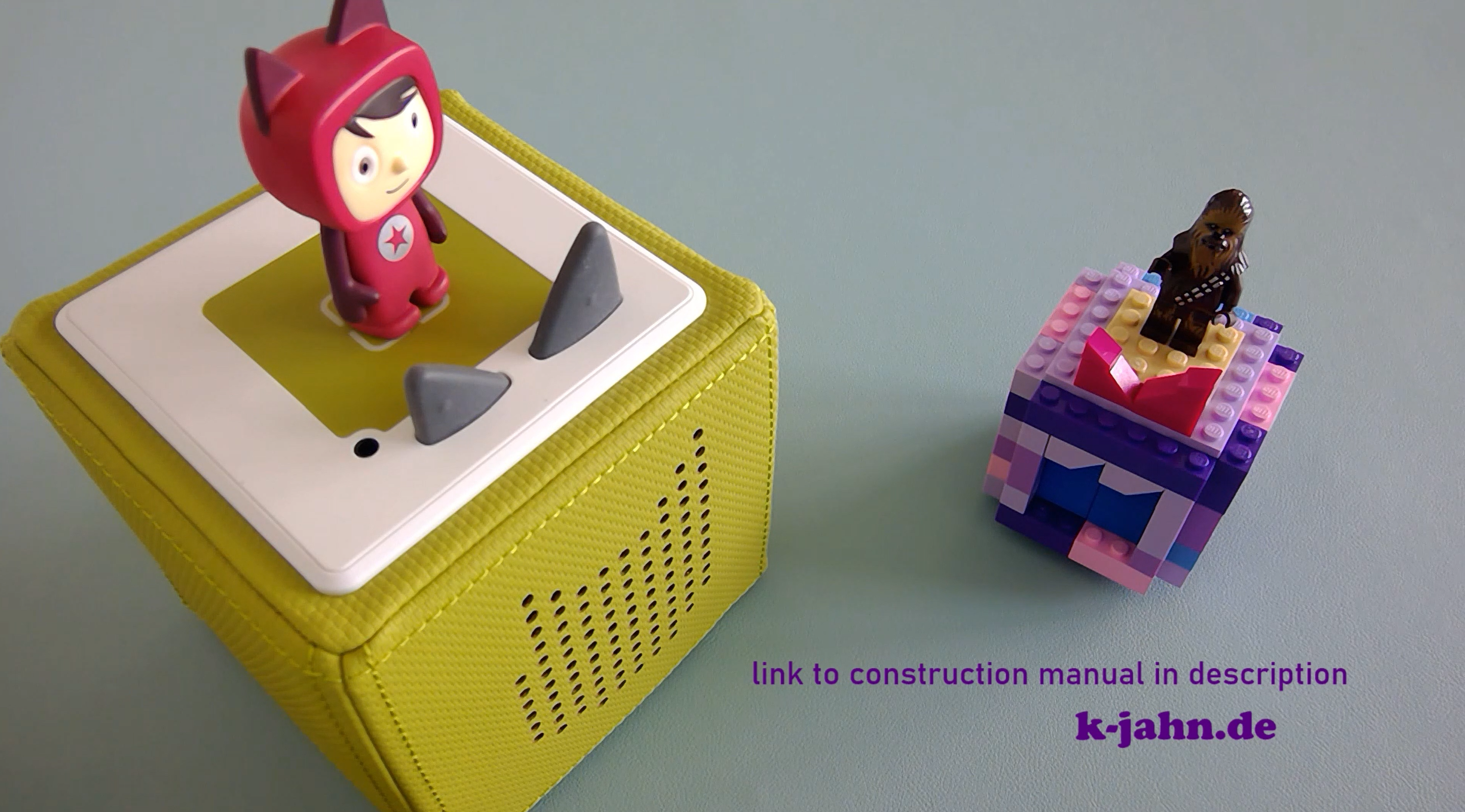Ward Cunningham was searching for a new way of collaboration while he was cooperating on the Design Patters book by the Gang of Four. He came up with a very simple web application for collaboration. Legend has it that Cunningham attended a conference in Honolulu while he was working on his system. And when the shuttle bus at the airport arrived, he had a name for it. The bus transfer is called “wiki wiki”, after the Hawaiian word for very quick.
That’s how he called his system: The wiki wiki web.
 Anyhow, a wiki system, as it is called now, allows users to add and edit content of web pages in a very easy and quick way. The users however do not have to be afraid that any changes might delete content. Every saved version of a page is stored in a history and users can easily step back to an older state of the page.
Anyhow, a wiki system, as it is called now, allows users to add and edit content of web pages in a very easy and quick way. The users however do not have to be afraid that any changes might delete content. Every saved version of a page is stored in a history and users can easily step back to an older state of the page.
This carefree editing became known as the wiki way, a term that stands for simplistic collaboration without demands of page ownership or other restricting principles.
While the original wiki is still online (the WikiWikiWeb), other people and organizations published systems on their own and developed the idea to further levels (find an overview in the wiki matrix). Especially in the open source community wikis were often used for group collaboration. But soon the industry discovered the power of this simple tool. Today, wikis are commonly used for knowledge sharing and information exchange in many organizations. There’s a nice introduction to wikis in the workplace, even best practices are described in wiki patterns.
When I talk to people about wikis, coming from industry, one concern is formulated way more often than anything else. The management level is often really afraid of wiki vandalism, i.e., users posting wrong information. There are usually two replies to that:
- Users in a corporate wiki have to log in. Hence every change carries the name. And usually people don’t like being spotted as vandals.
- Different studies (e.g., by IBM Research) on the english Wikipedia show that other users fix wrong information on pages, within minutes.
Especially the first argument shows that wikipedia is not a good example for a wiki in an organization. It is by far the most popular one, but hardly any of the users have ever edited a page. The second one however shows that the community effect is strengthened through a wiki. And even though statistics show that Wikipedia is of higher quality than traditional dictionaries, there is always a degree of uncertainty. I want to tell the story of one of these, beacause I actually find it hilarious. It also describes the danger of wikis that is sometimes overlooked.
Berolinism is more than just a dialect, it covers also specific words for buildings or sign, like “washing machine” for the chancellor building or the “palace of tears” for the buildings of the border crossing Friedrichstraße. Many of these, claiming insiders, are used by the tourism industry only. One of these insiders is Andreas Kopietz, journalist for the Berlin news paper “Berliner Zeitung”.
On February 16, 2009, his “second glas of red wine” entered the following fact:
Before the Berlin wall came down, the Karl-Marx-Allee was known as Stalin’s Bathroom, due to its significant tiles.
He decided to leave the joke and observes what happens. It got approved by a content administrator from another part of Germany and since then the term began to spread. In the beginning it was mostly tourism companies that used it, later blogs and travel guides jumped in. Then in 2010 even the bigger news portals mentioned the term. But when his own paper used it in early 2011, the author tried to correct his hoax, it was not allowed. Wikipedia admins undid his changes with the reason: That term can be found everywhere, it is true!
His article in the Berliner Zeitung: Wie ich Stalins Badezimmer erschuf German
The Wikipedia page: Karl-Marx-Allee German
There is a nice cartoon summing up the process: xkcd – Citogenesis



0 Comments